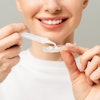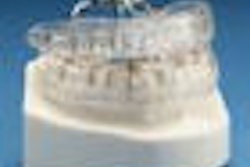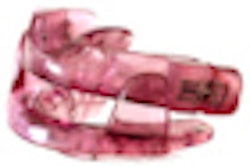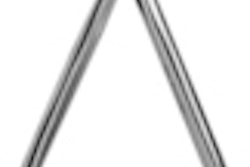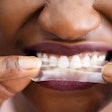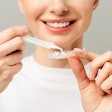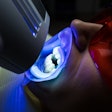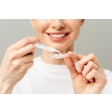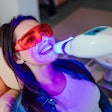Accurately assessing facial asymmetry in orthodontic patients is critical to proper diagnosis and treatment planning, according to a study in the American Journal of Orthodontics and Dentofacial Orthopedics (July 2010, Vol. 138:1, pp. 23-31).
Researchers from Dankook University Graduate School of Dentistry wanted to determine the soft-tissue characteristics of patients perceived to have severe asymmetry and the soft-tissue factors affecting the subjective assessment of facial asymmetry.
In the first part of their study, five observers examined 1,000 photographs of patients receiving orthodontic treatment and selected 100 for further assessment. These photographs showed 50 patients who were considered to have little or moderate asymmetry and 50 who were considered to have severe asymmetry.
A pilot study was performed to select the reference photographs representing the most symmetric (score of 0) and the most asymmetric (score of 100). A panel of nine orthodontists then rated the facial asymmetry of the 100 patients on a 100-mm visual analog scale. Region 1 included patients with the least facial asymmetry who did not require treatment, according to the orthodontists. Region 2 included patients with moderate facial asymmetry who did not require treatment. Region 3 included patients with the most facial asymmetry who did require treatment.
The researchers found significant differences in lip canting, chin deviation, body inclination difference, and gonial angle. Chin deviation and gonial angle differences were significant factors affecting the assessment of facial asymmetry, they noted.
"These results will help in the diagnosis and treatment planning for patients with asymmetry," they concluded.
Copyright © 2010 DrBicuspid.com

